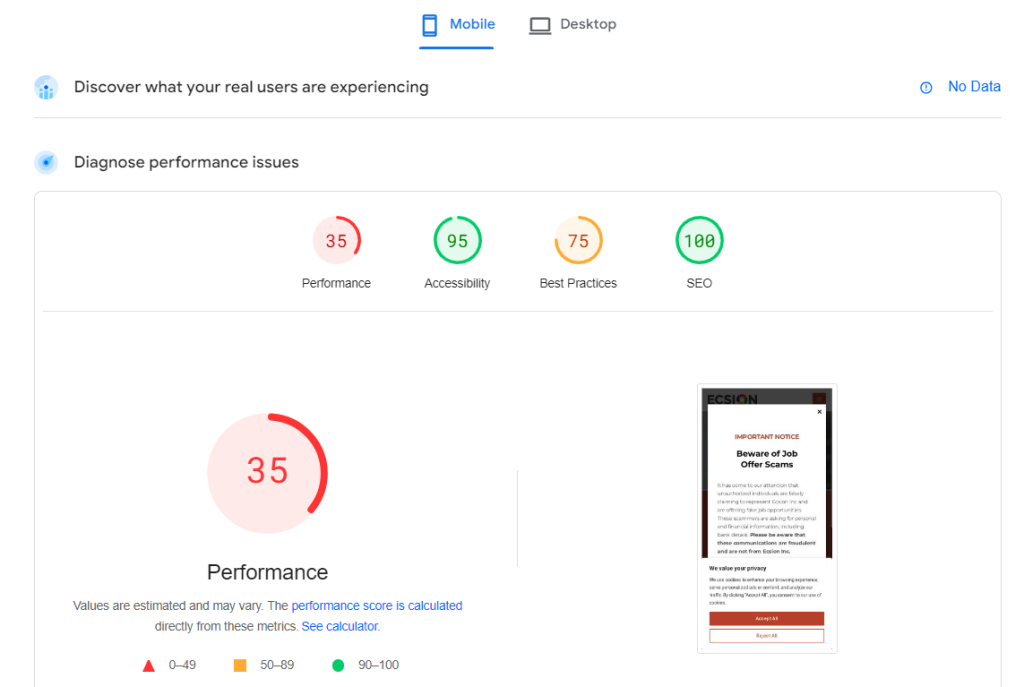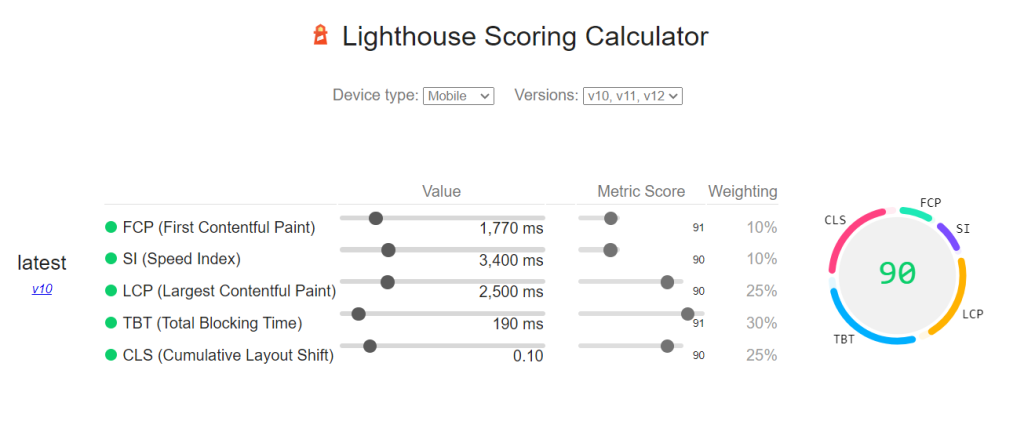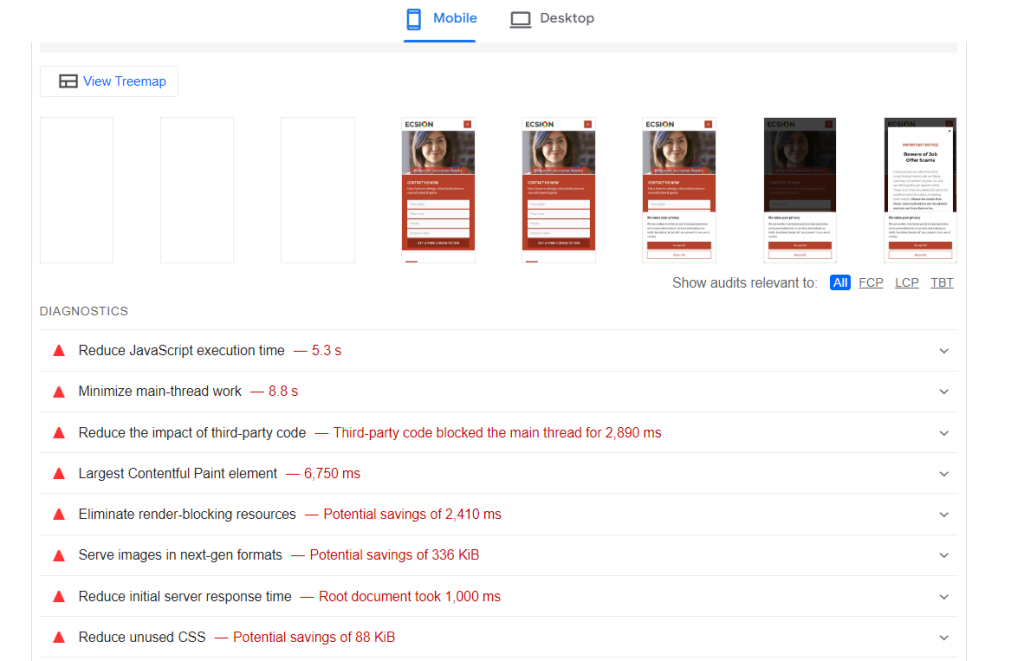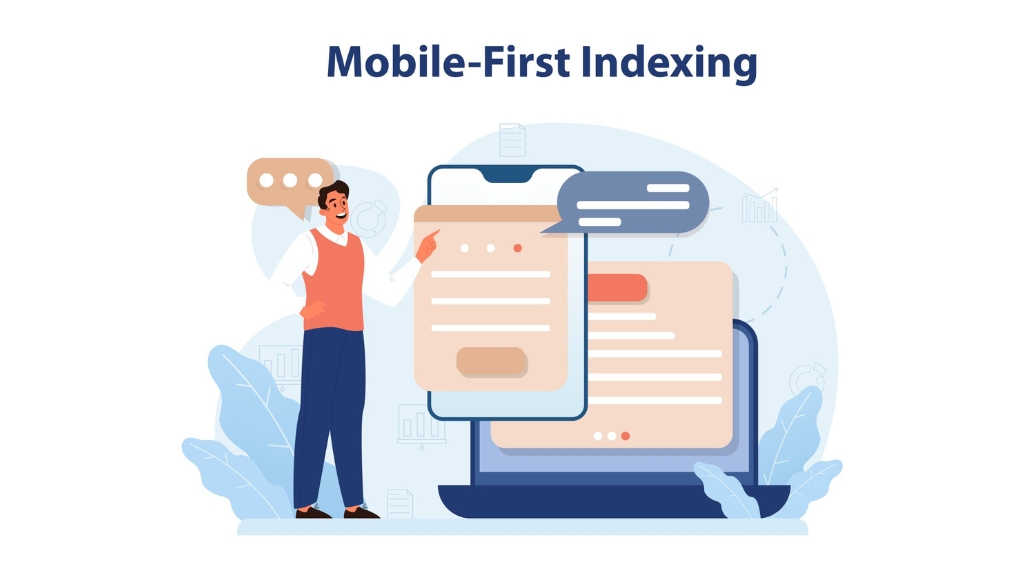As we approach 2025, mobile usage continues to dominate the digital landscape, making Mobile SEO more crucial than ever. Search engines, particularly Google, have already shifted to Mobile-First Indexing, meaning they prioritize the mobile version of your website when determining search rankings. To remain competitive, businesses must optimize for Mobile-First Indexing and mastering Mobile SEO in 2025.
This blog will explore the best practices for Mobile SEO and how to ensure your website is optimized for Mobile-First Indexing.
What is Mobile-First Indexing?
Mobile-First Indexing is a process where Google predominantly uses the mobile version of your website for ranking and indexing. This means that when Google analyzes a site, it looks at how the site performs on mobile devices first. If your website doesn’t work well on mobile, it could hurt your rankings, even if the desktop version looks amazing.
This change makes sense when you consider how many people browse the web from their smartphones. Google’s goal is to provide the best user experience possible, and if users are primarily on mobile, the mobile version of websites becomes the priority. That’s where Mobile SEO becomes essential.
Why Mobile-First Indexing Matters for Mobile SEO
If you want your website to rank high on Google, you must optimize it for mobile users. This is where Mobile SEO comes into play. Mobile SEO involves making sure that your site is easy to navigate, loads quickly, and provides a good user experience on smartphones and tablets.
In a world driven by Mobile-First Indexing, Mobile SEO is no longer optional. If your site isn’t mobile-friendly, Google might rank it lower. This could result in fewer visitors and potential customers.
How to Check If Your Site Is Ready for Mobile-First Indexing
Google provides tools like the Mobile-Friendly Test to see if your site meets Mobile SEO standards. You can also use Google Search Console to check how Google views your mobile site.
Remember, in the era of Mobile-First Indexing, focusing on Mobile SEO is crucial. The better your mobile site performs, the higher your chances of ranking well on search engines.
Key Aspects of Mobile SEO for Mobile-First Indexing
Let’s explore the key ways to optimize for Mobile-First Indexing and excel at Mobile SEO.
1. Mobile-First Indexing: Ensure Responsive Design
The foundation of mobile SEO is responsive design. A responsive website automatically adjusts its layout to fit different screen sizes, providing an optimal viewing experience on both desktop and mobile devices. Since Mobile-First Indexing relies on how well your website performs on mobile, responsive design is crucial.

In Mobile SEO in 2025, websites that fail to provide a seamless mobile experience will suffer in rankings. Therefore, ensuring your website adapts to various screen sizes is one of the first steps to optimizing for Mobile-First Indexing.
2. Mobile SEO: Improve Page Load Speed
Page load speed plays a vital role in user experience and SEO rankings, especially in Mobile SEO. Mobile users expect websites to load quickly, and slow load times can lead to higher bounce rates. Since Mobile-First Indexing takes mobile performance into account, optimizing for speed is essential.


To excel in Mobile SEO, compress images, reduce the use of large files, and minimize unnecessary code. Tools like Google PageSpeed Insights can help you identify areas where your mobile website can be optimized for speed, ensuring you’re fully aligned with Mobile-First Indexing.

3. Mobile-First Indexing: Focus on Mobile-Friendly Content
Content is at the heart of Mobile SEO, but how that content is presented on mobile devices is equally important. Since Mobile-First Indexing uses the mobile version of your site to determine rankings, your content must be mobile-friendly. This means using shorter paragraphs, bullet points, and subheadings to break up content for easier reading on small screens.
For Mobile SEO, ensure that your most important information is easily accessible, and avoid pop-ups or elements that could disrupt the user experience on mobile. Mobile-friendly content is a key factor in succeeding with Mobile-First Indexing.
4. Mobile SEO: Optimize for Voice Search
Voice search is a growing trend, and optimizing for it is crucial for Mobile SEO. With more users relying on voice assistants like Siri, Alexa, and Google Assistant to find information on the go, businesses need to ensure their content is voice-search optimized. Voice queries tend to be more conversational, so focus on long-tail keywords and natural language.

Incorporating voice search optimization into your strategy for Mobile SEO will not only help you rank higher for mobile searches but also ensure you stay ahead in the mobile-first landscape.
5. Mobile-First Indexing: Use Structured Data
Structured data is another essential element of Mobile SEO. By adding schema markup to your website, you help search engines understand your content better, which can improve how it’s displayed in mobile search results. Since Mobile-First Indexing prioritizes mobile content, using structured data can give your site an advantage by making it more visible and accessible in mobile search.
When implementing structured data for Mobile SEO, focus on mobile-specific content, such as local business information, product details, and event listings. This will enhance your chances of being featured in rich snippets and other prominent search result features.
6. Mobile SEO: Optimize Images and Videos for Mobile
Visual content is important for both user engagement and SEO, but it must be optimized for mobile to succeed in Mobile SEO. High-resolution images and videos that are not compressed can slow down your site, negatively impacting both user experience and your rankings under Mobile-First Indexing.

To thrive in Mobile SEO, ensure your images are optimized for fast loading on mobile devices by using the right file formats and compressing them without sacrificing quality. For videos, consider using formats that load quickly on mobile devices and include captions for accessibility.
7. Mobile-First Indexing: Monitor and Test Your Mobile Performance
To ensure you’re succeeding in Mobile SEO, it’s crucial to regularly monitor and test your website’s mobile performance. Tools like Google Search Console allow you to check how your website is performing under Mobile-First Indexing and identify any issues that may be affecting your rankings.



Regularly test your mobile site using Google’s Mobile-Friendly Test tool, and continuously optimize your content and design based on the insights you gain. Consistently monitoring your mobile performance will help you stay ahead in Mobile SEO in 2025.
Conclusion: Mobile SEO and Mobile-First Indexing
As we move towards 2025, focusing on Mobile SEO is crucial for maintaining visibility in search engine rankings. With Mobile-First Indexing at the forefront, optimizing your website for mobile performance should be a top priority. By focusing on responsive design, improving page speed, creating mobile-friendly content, and optimizing voice search, you’ll be well-prepared for Mobile SEO in 2025.
To stay ahead, ensure that you are constantly testing your mobile site and refining your strategies to meet the evolving requirements of Mobile-First Indexing. The future of SEO is mobile, and by mastering Mobile SEO, your business will be well-positioned for success in the mobile-first digital landscape.
FAQ (Frequently Asked Questions)
How can I improve my website's speed for better Mobile SEO in 2025?
Page speed is a vital factor for Mobile SEO in 2025. Slow-loading websites can frustrate users and lead to higher bounce rates, negatively affecting your rankings. To improve speed, you should compress images, use efficient coding, and enable browser caching. You can also implement AMP (Accelerated Mobile Pages) for faster loading on mobile devices. Regularly testing your website with tools like Google’s PageSpeed Insights will help you identify areas for improvement and ensure your site runs smoothly on all devices, enhancing your Mobile-First Indexing performance.
What role does responsive design play in optimizing for Mobile-First Indexing?
Responsive design ensures that your website automatically adjusts its layout based on the screen size, offering an optimal experience on any device. In 2025, having a responsive design will be non-negotiable for Mobile SEO success. Google prefers responsive websites because they create a seamless user experience, which is a key ranking factor in Mobile-First Indexing. A responsive design helps ensure that your content is easily readable, images are properly scaled, and navigation is smooth, boosting your chances of ranking higher in mobile search results.
Why is content optimization crucial for Mobile SEO in 2025?
For Mobile-First Indexing, it’s not just about how your website looks on mobile but also how your content performs. In 2025, content optimization means making sure text is readable without zooming, images load quickly, and navigation is straightforward. Use shorter paragraphs, bullet points, and headers to break up content for easier reading on smaller screens. Additionally, use mobile-friendly keywords and optimize meta descriptions for mobile users. Focusing on these aspects will improve user experience, increase engagement, and help your site perform better in Mobile SEO rankings.
How can I use structured data to enhance Mobile SEO in 2025?
Structured data helps search engines understand your content better, improving your website’s visibility in search results. For Mobile SEO in 2025, implementing structured data can lead to rich snippets, which enhance how your content is displayed on mobile devices. These snippets can include reviews, prices, and product details, making your website more attractive in search results. Ensuring your structured data is mobile-optimized will help Google index your content more efficiently, leading to higher rankings in a mobile-first world.




